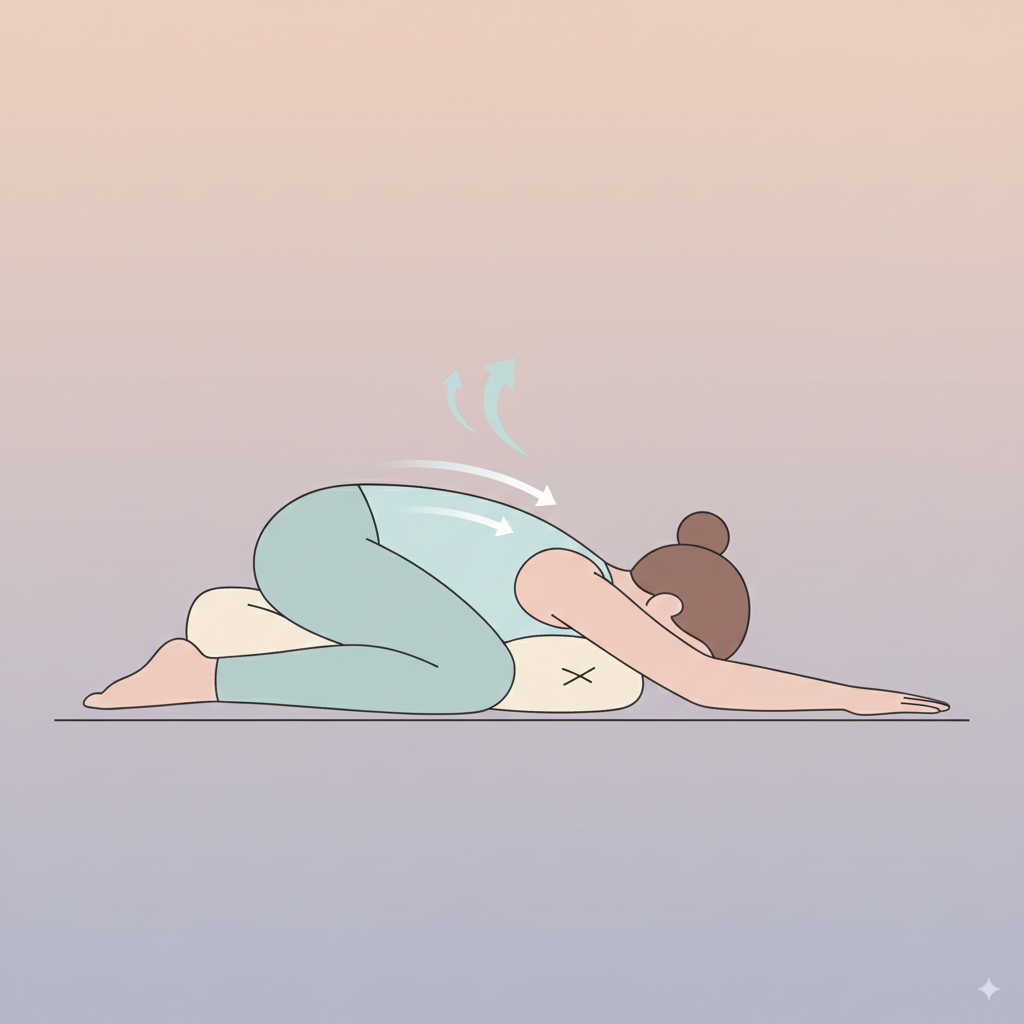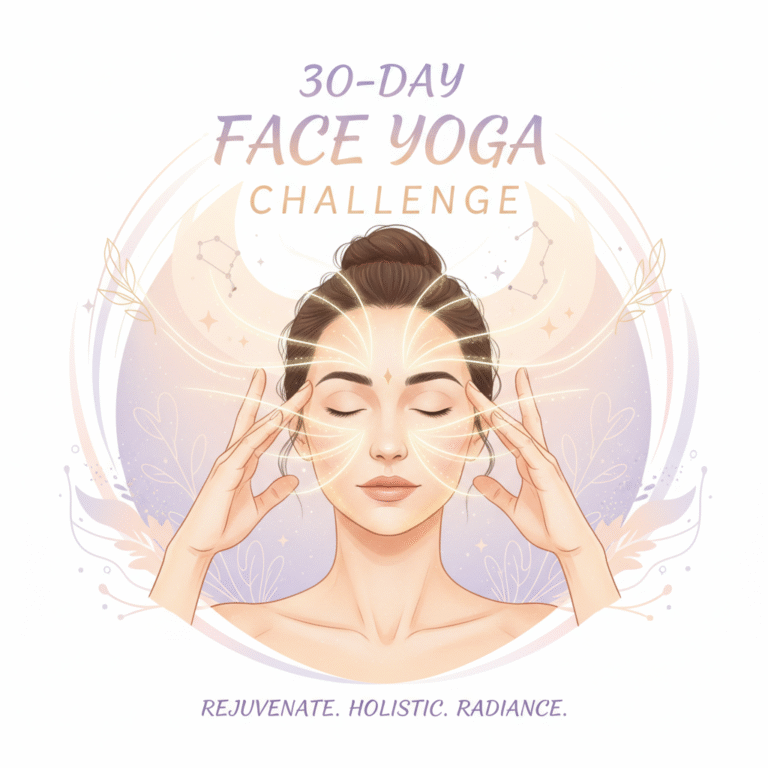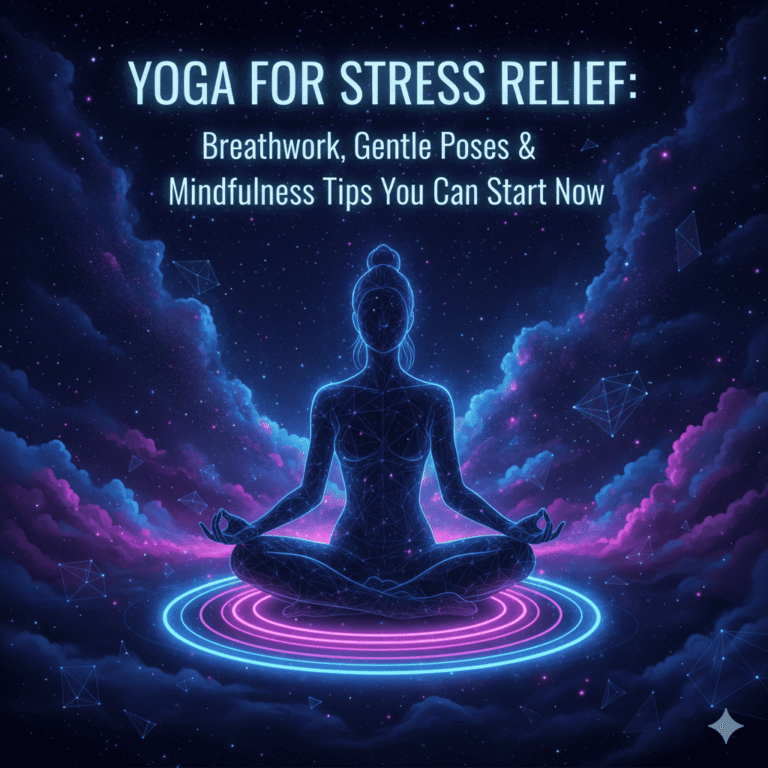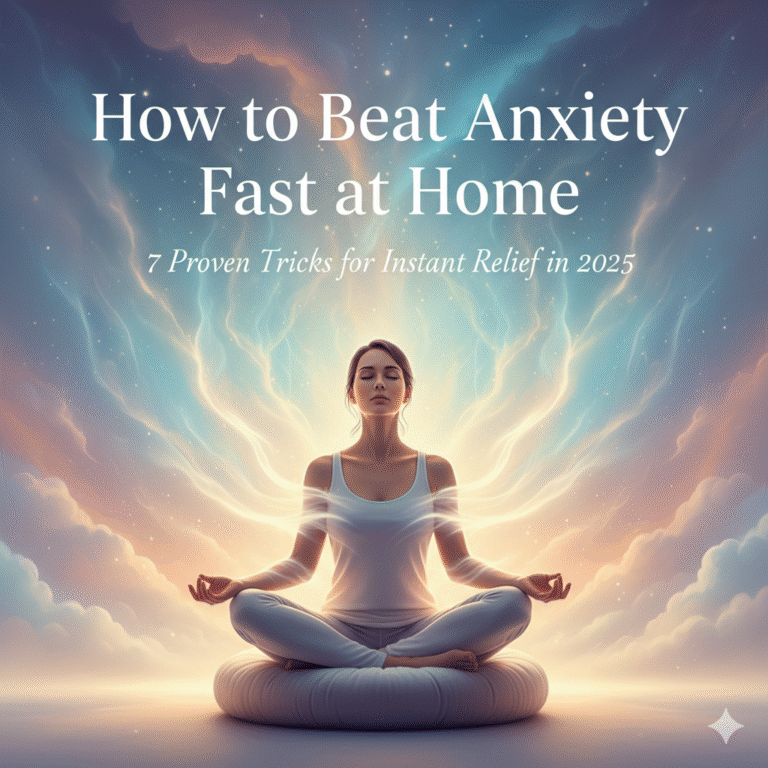
Back pain affects most adults at some point, often due to long sitting, weak core, or tight hips and hamstrings; the good news is that gentle, breath‑led movement is one of the safest, most effective ways to reduce stiffness and build resilience. Evidence and expert practice guides support simple routines that emphasize spinal mobility, hip opening, and core engagement for relief and prevention. This guide offers beginner yoga for back pain built around safe poses, precise form cues, and modifications so progress can be felt in as little as two weeks with short, consistent sessions.
What causes lower back discomfort
Common drivers include prolonged sitting, deconditioning of postural muscles, tight posterior chain, and stress‑related muscle guarding; these factors compress joints and limit healthy spinal motion. A practical approach uses slow mobility drills, gentle backbends that avoid compression, and supportive core activation, all coordinated with calm nasal breathing. Done daily for 10–15 minutes, this strategy reduces baseline tension and supports posture while avoiding flare‑ups from overloading.
Who this routine is for—and safety first
This plan is designed for those with non‑specific, mild to moderate lower back discomfort, morning stiffness, or desk‑related tightness; those with acute injury, red‑flag symptoms, or recent surgery should consult a clinician first. The sequence prioritizes low‑risk positions, supports with props, and avoids aggressive loaded flexion/extension, making it appropriate for re‑entry after inactivity. When in doubt, keep ranges small, use cushions or blocks, and stop any movement that worsens pain.

Two‑Week Plan at a glance
The focus is consistency over intensity: 10–15 minutes per day, five to six days per week, with one rest or gentle walk day. Start with short rounds of mobility and isometrics, then progress duration slightly in week two; the aim is better movement quality, not maximal stretch. Expect gradual reductions in morning stiffness, improved ease in daily activities, and better breath‑posture coordination.
10–15 Minute Daily Routine (Beginner Friendly)
- Warm‑up breathing: 4 slow nasal breaths in seated or on all fours, lengthening exhale to cue relaxation. Keep shoulders soft.
- Cat–Cow (Marjaryasana–Bitilasana): 5–8 slow cycles to mobilize the entire spine; move only within pain‑free range and coordinate inhale/exhale. This anchors the lower back pain yoga routine safely.
- Child’s Pose (Balasana): 3–5 breaths with knees apart to allow the belly to drop and the lumbar to lengthen; add a folded towel under hips if needed. This is a core part of cat cow and child’s pose for back pain guidance.
- Sphinx Pose: 3–5 breaths, elbows under shoulders, pubic bone heavy to mat, low abdominals gently engaged to avoid lumbar collapse; choose sphinx over cobra at first if sensitive.
- Bridge Prep: 3 rounds of 3–4 breaths each; press feet, lightly tuck tail, lift hips to a comfortable height, hold without pinching the back; this builds posterior chain activation.
- Hamstring strap stretch (supine): 20–30 seconds each side, knee softly bent if needed; avoid forcing end range to prevent pulling on the lower back.
- Figure‑4 hip opener (supine): 20–30 seconds each side; keep pelvis neutral to ease glute and piriformis tension that refers into the back.
- Optional: Gentle Downward Dog only if symptom‑free and with bent knees, long spine, and active core; otherwise skip until later weeks; safety notes below. This answers “is downward dog safe for beginners with back pain.”
- Finish with diaphragmatic breathing: 5 breaths, hands on ribs, focus on long exhales to calm the system and reduce guarding.
Week‑by‑week progression
Week 1 focuses on learning shapes, breath timing, and props; ranges are modest and positions are held briefly to avoid irritability. Week 2 extends holds by a breath or two and adds one extra round of Bridge or Sphinx if pain‑free, maintaining smooth breath as the speed limiter. The target is a routine that feels repeatable and leaves the back feeling warmer, looser, and more stable.
Pose cues that protect the lower back
Think “long spine” rather than “deep bend”: in flexion shapes, fold from hips with knees soft; in extension shapes, lengthen the chest forward and draw the lower abdominals slightly in to avoid hinging at one segment. Use blocks under hands in forward folds or Downward Dog to raise the floor, and put a pillow between thighs in Bridge for adductor engagement that supports the pelvis. Replace Cobra with Sphinx if there is pinching; add a rolled towel under the hips in Child’s Pose if knees or hips feel restricted.

When to Avoid Downward Dog
Downward Dog can be helpful but demands shoulder mobility, hamstring length, and core control; if any of these are lacking, compensation may aggravate symptoms. For beginners with active pain, delay the pose until prerequisites are met and practice with bent knees, hands on blocks, or against a wall to keep the spine long and pain‑free. If it causes symptoms, skip it and focus on Sphinx, Bridge, and supported half‑lifts. This directly addresses “is downward dog safe for beginners with back pain.”
Why yoga can help in two weeks
Short daily practice improves circulation to stiff tissues, resets protective muscle guarding, and trains the nervous system to tolerate movement without fear. Clinical programs of 8–12 weeks show sustained improvement in pain and function, and early changes often appear within the first fortnight when adherence is high. Combining gentle mobility with low‑effort strength and breath regulation explains why even a compact plan can feel productive quickly. This supports “does yoga really help back pain.”
Common mistakes to avoid
Going too deep too soon, holding the breath during effort, skipping core bracing on transitions, and neglecting hip mobility can all stall progress. Another error is chasing intense stretch sensations in hamstrings, which can tug the pelvis and irritate the lower back; instead, back off to a mild, sustainable stretch. Finally, doing the routine irregularly prevents adaptation—aim for frequency over duration.
Chair and desk‑friendly variations
On busy days or flare‑ups, practice seated Cat–Cow, seated twists with gentle exhale, and a supported forward fold with forearms on a desk to lengthen the back safely. Add ankle pumps, heel raises, and scapular retractions to improve circulation if seated long; these micro‑breaks complement the mat routine without provoking symptoms. Chair options maintain momentum and support confidence while pain is settling.
Two‑week tracking checklist
Note daily whether stiffness eases within 10 minutes of waking, whether sitting tolerance improves by 15–30 minutes, and whether transitions (sit‑to‑stand, bending to tie shoes) feel smoother. Track which poses feel best and which require props, then adjust ranges and supports accordingly. Observable small wins keep motivation high and signal when progression is appropriate
Conclusion
Back pain responds best to calm, consistent movement and gradual strength rather than heroic stretches, and a compact routine practiced most days is often enough to shift stiffness and confidence. Focus on quality of breath and alignment, favor Sphinx and Bridge early, and add range only when positions are pain‑free. With two weeks of steady practice, most beginners feel smoother mornings, easier sitting and bending, and a clearer plan for long‑term back care.
How often should a beginner do yoga for back pain?
Aim for 10–15 minutes, 3–5 days per week; prioritize pain‑free range and calm breathing over intensity.
Is Downward Dog safe for beginners with back pain?
It can be with bent knees, shorter stance, and wall or block support; skip it if symptoms increase and start with Sphinx, Bridge prep, and hamstring work.
Which is better for beginners, Cobra or Sphinx?
Sphinx is usually gentler because the forearms stay down, reducing lumbar compression; progress to a low Cobra only if Sphinx is pain‑free.
What poses should beginners start with for back pain?
Cat–Cow, Child’s Pose, Sphinx, supported hamstring stretch, figure‑4, and gentle core (dead bug) are safe first choices.
How long until results are noticeable?
Many feel less morning stiffness and easier sitting/bending in 1–2 weeks with consistent short sessions.
What if a pose increases pain?
Stop immediately, reduce range, add props (blocks/towels), or swap for a gentler variation; consult a professional if symptoms persist.





